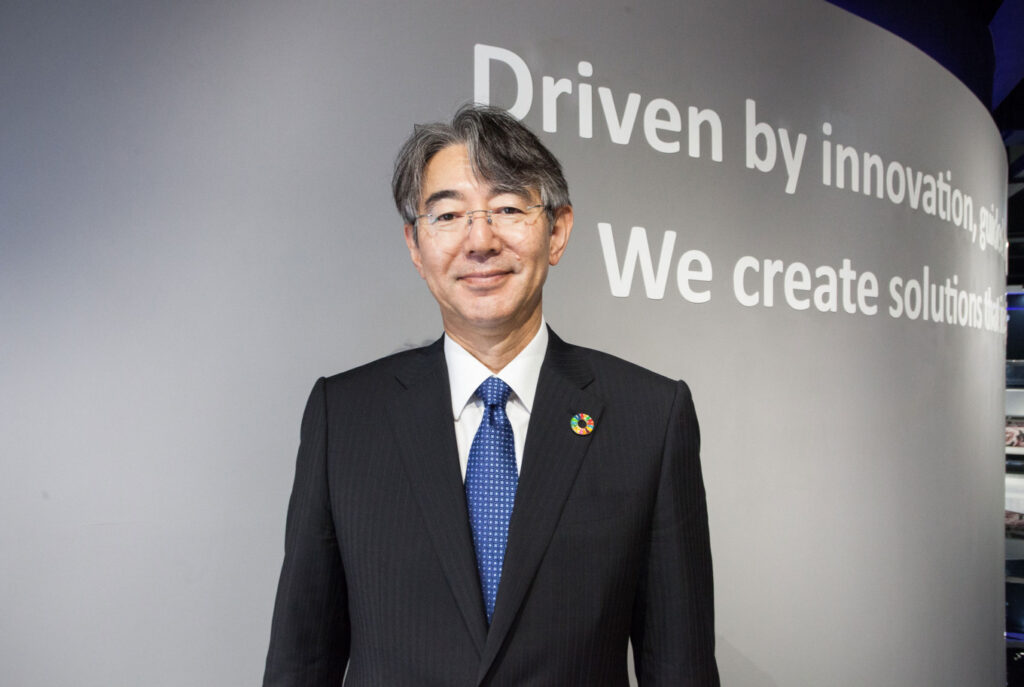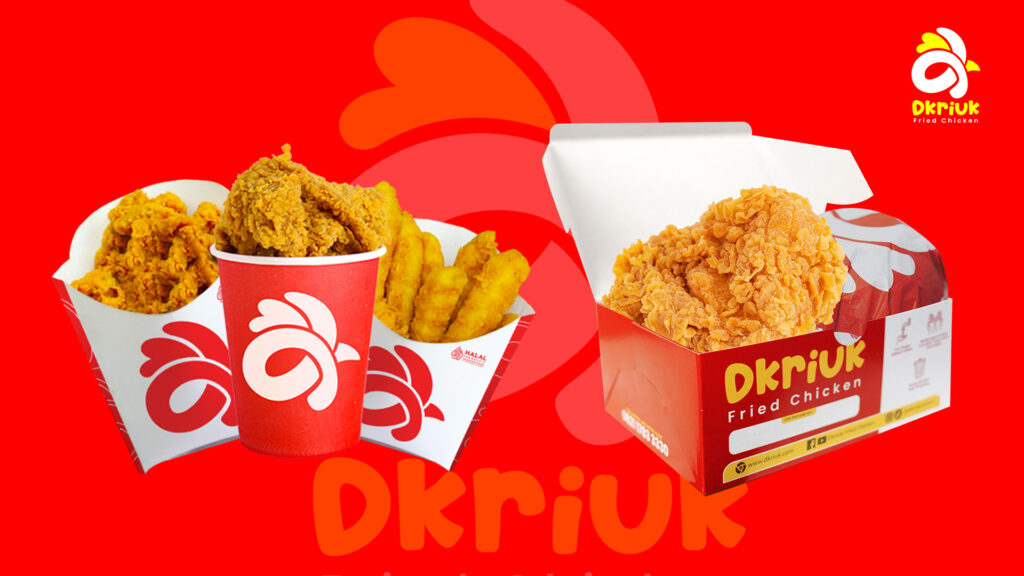As competition intensifies in the Food & Beverage (F&B) sector, businesses are under pressure to innovate and find scalable solutions that boost operational efficiency and profitability. One of the most strategic decisions today is choosing between frozen food and retort food technology. While both methods offer convenience and consistency, their differences in storage, distribution, and business potential are significant — and choosing the right one can make or break your F&B strategy.
For decades, frozen food has been the go-to solution for quick and reliable meal preparation. It preserves freshness and slows bacterial growth, but its dependence on the cold chain — from storage and logistics to final delivery — presents major challenges. High energy costs, risks of spoilage during transit, and market limitations due to refrigeration needs make scaling difficult, especially in remote or infrastructure-poor regions.
Retort food, on the other hand, offers a more modern and business-friendly alternative. Through high-temperature, high-pressure sterilisation in airtight packaging, meals can be stored for up to 12 months at room temperature without preservatives. This innovation — championed by Ralali Food in Indonesia — eliminates cold-chain dependency, dramatically simplifying distribution and reducing costs, much like e-commerce logistics.
A standout example is Minasoku, Ralali Food’s flagship retort solution for the HoReCa industry. The technology helps F&B operators cut operational costs by up to 70% by removing the need for large kitchens, professional chefs, and costly freezers. It also streamlines preparation, enabling non-chef staff to serve premium meals quickly and consistently. The result: profit margins per serving can reach 4–6 times the supply cost — a significant advantage for restaurants, cafés, and catering services.
Another major benefit of retort food is distribution flexibility. Products can be delivered anywhere — even to remote disaster zones — without refrigeration risks. For example, Ralali Food partnered with Indonesia’s National Disaster Management Agency (BNPB) to provide ready-to-eat meals to remote areas in Papua, demonstrating the technology’s resilience in extreme conditions. All products are also HALAL and BPOM-certified, ensuring food safety, consistent quality, and chef-level taste in every portion.
Beyond efficiency, retort technology is reshaping business models. Through white-label and OEM collaborations, Ralali Food helps leading brands like Payakumbuah turn their signature dishes into shelf-stable ready meals. This enables nationwide and even global expansion without the need for physical outlets. Strategic partnerships — such as with KAI (Indonesian Railways) for large-scale catering and government nutrition programs — further show the scalability of retort technology in B2B settings.
Products like Minasoku (for B2B clients) and Lanana (for retail consumers) highlight the versatility of retort solutions. Whether it’s empowering small cafés to expand their menus without heavy investment or targeting Gen Z consumers and outdoor enthusiasts with convenient, high-quality meals, retort food is redefining how businesses think about operations, logistics, and customer experience.
In conclusion, while frozen food will continue to have its place, retort food offers a far more strategic path for the future of F&B — one that prioritises cost efficiency, reduces food waste, simplifies distribution, and unlocks scalable growth opportunities. For businesses looking to stay competitive and expand in a fast-changing market, adopting retort technology isn’t just an option — it’s an essential step toward sustainable success in the next era of the food industry.






